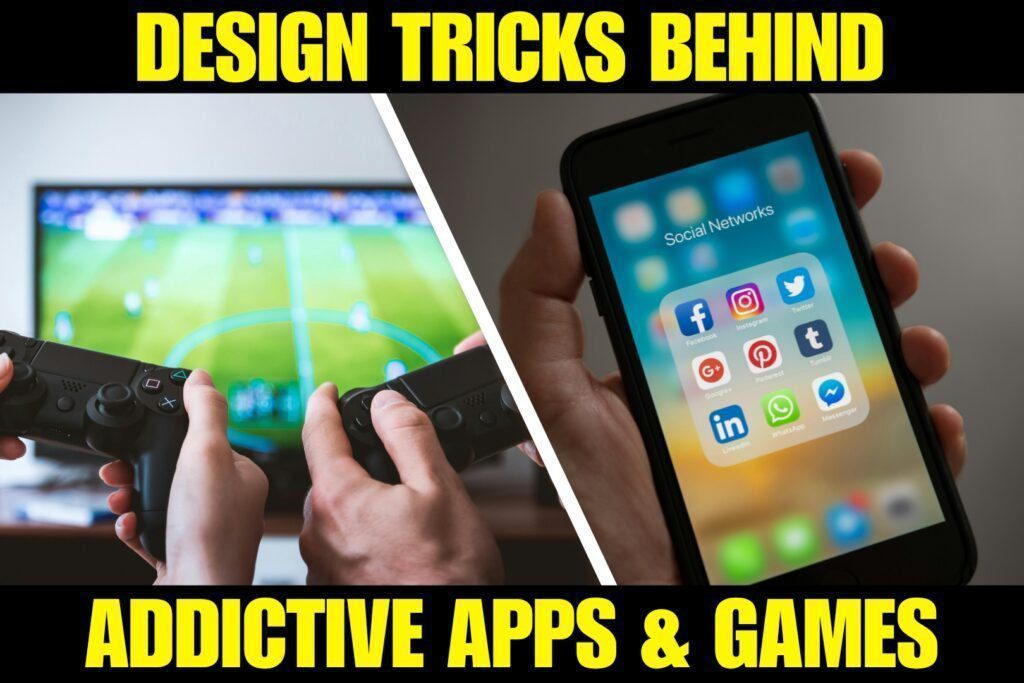In 2025, the mobile app industry is no longer dominated solely by Silicon Valley giants or billion-dollar unicorns. A new wave of indie developers—often solo coders or two-person teams—is building and launching wildly successful apps with no outside funding, minimal resources, and sometimes even from their dorm rooms or bedrooms.
These apps aren’t just going live—they’re going viral, making $100K+ within months, getting featured by Apple and Google, and gathering millions of downloads organically. How are they doing it?
This deep-dive explores the strategies, tech stacks, monetization models, marketing secrets, and mindset behind today’s indie app boom—and how you can go from zero to six-figure success without a single dollar in VC funding.
Why Indie Devs Are Winning in 2025
- No-code and low-code tools enable faster MVP launches
- AI-powered coding assistants like GitHub Copilot and ChatGPT reduce dev time
- App stores favor indie innovation with editorial features and micro grants
- User trust is shifting back to smaller, more transparent, privacy-respecting apps
- Viral growth is now driven more by community and content than by ad spend
In a time when attention spans are short and authenticity matters, indie developers are winning by being lean, real, and deeply user-focused.
Case Study 1: “MoodyMe” – The AI Mood Tracker Built by a Student
- Dev: 19-year-old from India using Flutter + Firebase
- Built in: 3 weeks during summer break
- Tools used: ChatGPT for prompt ideas, Midjourney for icons, Canva for UI, RevenueCat for subscriptions
- Growth hack: Shared emotional daily check-in videos on TikTok → 2M+ views
- Revenue: $128K in 9 months from $19/year Pro plan
- Users: Over 300K
MoodyMe hit a nerve with Gen Z by offering a simple, beautiful, offline-first journaling experience with AI-powered insights. It solved one real problem, did it well, and monetized ethically.
The Blueprint: How $100K Indie Apps Are Built in 2025
1. Idea Validation in Public
- Indie devs use X (formerly Twitter), Reddit, IndieHackers, or Product Hunt to test app ideas before building
- Ask: “What small daily problem annoys you that no one’s solved yet?”
- Use tools like Typeform, Carrd, or even Notion landing pages to collect interest
💡 Pro Tip: Build in public = free marketing + validation + users.
2. Tech Stack: Lightweight & Scalable
Most indie $100K apps are built with:
- Frontend: Flutter, React Native, SwiftUI
- Backend: Firebase, Supabase, Node.js, or No-Code (Airtable, Xano)
- AI: GPT-4 API, Claude, ElevenLabs (for voice), or Replicate for image models
- UI: Figma, Tailwind UI, or Sora-generated UI mockups
- Analytics: Mixpanel, Amplitude, Firebase
- Payment: RevenueCat, Stripe, Gumroad
- AI Dev Help: ChatGPT for debugging, GitHub Copilot for code completion
Case Study 2: “SoundFocus” – A Brainwave Audio App
- Built by: 2 devs from Ukraine with no music background
- Niche: Focus-enhancing binaural beats + AI-personalized soundscapes
- Monetization: In-app purchases + lifetime access bundle ($39.99)
- Growth: #1 on Product Hunt, then picked up by TikTok creators
- Revenue: $197K in first 5 months
- Stack: Flutter + Replicate (for audio generation) + Firebase + Notion for community support
Marketing Without Spending Money
🔁 Launch on Product Hunt + Reddit AMA
A Product Hunt #1 app often gets 50K–100K visits in 2 days. Pair it with Reddit engagement (e.g., r/SideProject or r/Entrepreneur) for organic traction.
🎥 TikTok & YouTube Shorts
Create short videos showing:
- Before/after of problem your app solves
- “Watch me build this app in 30 days”
- Customer reactions, reviews, or funny use cases
Many viral indie devs gained 50K+ downloads overnight this way.
🧠 Leverage ChatGPT for Marketing Copy
Use AI to:
- Write App Store descriptions
- Generate SEO blog posts
- Draft press releases
- Build drip email sequences for new users
🤝 User Communities as Growth Engines
Create:
- Private Discord for feedback
- Telegram group for super users
- Notion wiki for updates & roadmaps
This builds tribal loyalty and brings organic referrals.
Monetization Models That Work in 2025
| Model | What It Looks Like | Why It Works |
|---|---|---|
| Freemium + Paywall | Basic free features, premium unlocks (e.g., filters, AI tools) | Low entry barrier, high conversion |
| One-time payment | $9.99 or $19.99 lifetime access | Simple, no-subscription fatigue |
| Subscriptions | Monthly/Yearly plans ($1.99–$4.99/mo) | Works well for utility or wellness apps |
| In-app tips/donations | Ko-fi or Stripe-enabled “Support Dev” | Works when the audience loves the dev story |
| Bundled Courses | Access to private tutorials, communities, or templates | Adds education layer = higher LTV |
Mindset: The Indie Edge
Indie developers win because they:
- Build fast and ship MVPs in weeks, not months
- Talk to users daily via DMs, Discord, or surveys
- Prioritize UX and emotion over scale
- Don’t care about VC trends, they solve real pain
- Tell personal stories that resonate—”I built this app for my ADHD” or “I made this to help my grandma meditate”
Common Mistakes to Avoid
❌ Overbuilding – Too many features = slow launch and burnout
❌ Ignoring onboarding – 40% of users drop after 1st session without guidance
❌ Wrong monetization – Don’t charge upfront unless value is immediately visible
❌ No feedback loop – No one wants to use an app that doesn’t evolve
❌ Copycat syndrome – The 500th ChatGPT note app won’t win unless it niches down
What’s Next for Indie Developers?
In 2025 and beyond, we’ll see more:
- AI-first indie apps: Built entirely around GPT-5, Claude, Gemini APIs
- Indie collabs: Creators + developers launching joint tools
- Subscription bundles: Buy once, access 5+ indie apps with similar themes
- Decentralized indie stores: Bypassing app stores using PWA + Web3 tokens
- Indie app studios: Solo devs building mini-empires of 3–10 apps
“You don’t need millions in funding. You just need to build something 100 people deeply love.”
— Paul Graham
Final Takeaway
In 2025, indie app success isn’t about luck. It’s about building smart, staying lean, listening hard, and marketing with authenticity.
You can go from zero to viral—and hit $100K+—without any funding, just by solving one clear problem, building in public, and letting users be your biggest fans.
So if you’re sitting on an idea, now’s the time.
The indie gold rush is here.

